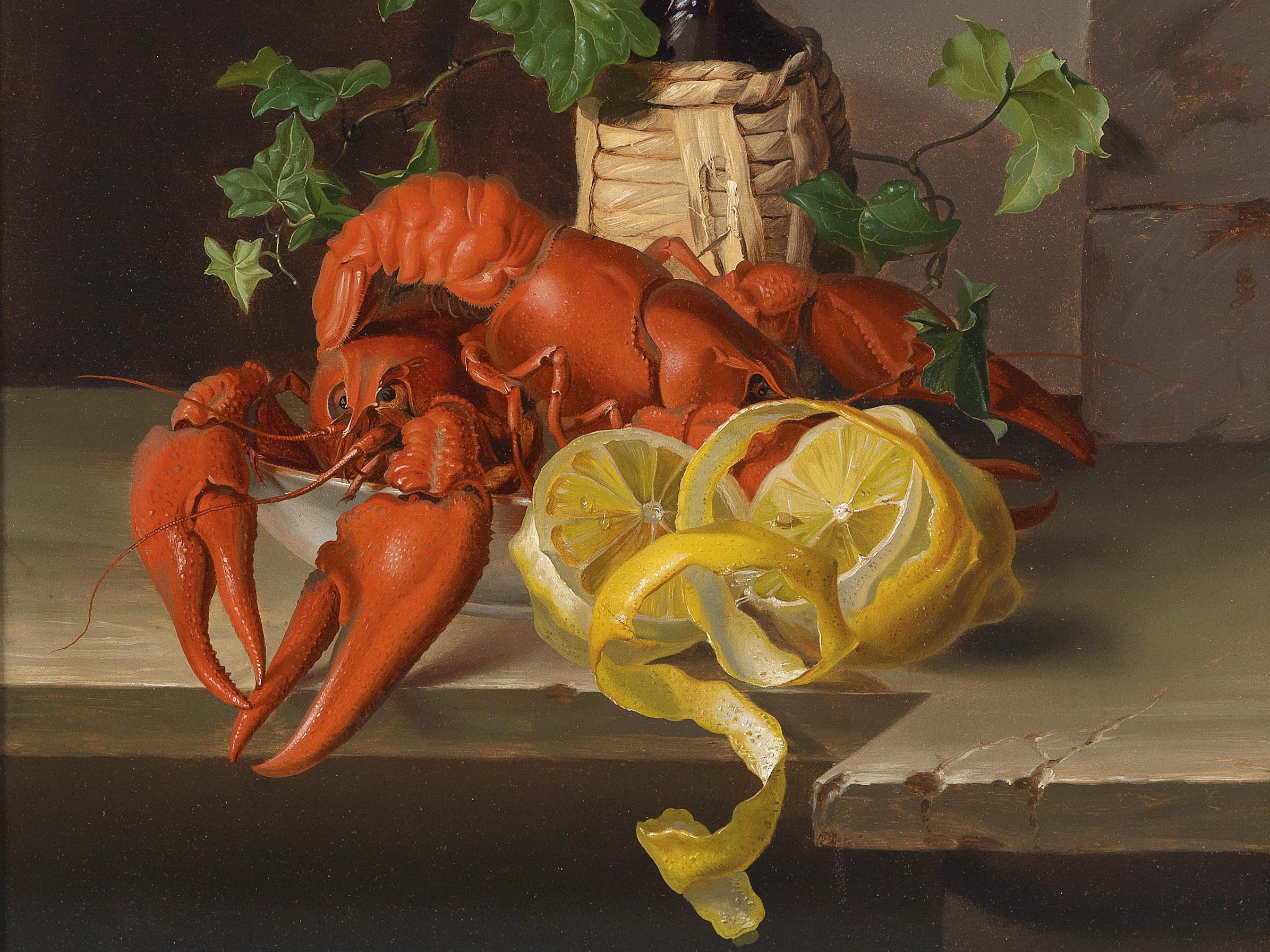Astronomers have Watch Sexy Tutoring Class Onlineobserved a solar system where six planets are in perfect sync with each other as they dance through space around their star, a rare find in the galaxy.
About 100 light-years away in the northern constellation of Coma Berenices, these exoplanets, studied with NASA and other telescopes, are in a gravitational lockstep likened to a waltz. To demonstrate the precise timing kept by the orbits of these worlds, researchers have created an animation of the system set to music.
Scientists call the phenomenon of synchronized orbits "resonance," and though they believe most planets do start off this way, the formation is easily disrupted over time.
"We think only about one percent of all systems stay in resonance, and even fewer show a chain of planets in such configuration," said Rafael Luque, an astronomer at the University of Chicago who led the research team, in a statement.
Watch the video below to see the planets in action.
SEE ALSO: NASA puzzles over why some exoplanets are shrinkingHere's how it works: When the innermost planet makes three full revolutions around its star, the second one makes exactly two. This pattern is repeated among the four planets closest to the central star.
The two farthest planets perform a pattern as well, with the closer planet orbiting four times for every three of the outermost planet, repeated twice.
The animation shows six mini Neptunes — that is, worlds outside our own solar system that are two to four times the size of Earth — gliding around their host star, known as HD110067. A musical tone rings when each crosses a line drawn through the system.
 Scientists followed up with observations on the European Space Agency's Cheops satellite to figure out the planets' orbital relationships. Credit: ESA / ATG medialab illustration
Scientists followed up with observations on the European Space Agency's Cheops satellite to figure out the planets' orbital relationships. Credit: ESA / ATG medialab illustration This six-planet system is like clockwork, and it's probably been marking time this way for billions of years.
"Amongst the over 5,000 exoplanets discovered orbiting other stars than our Sun, resonances are not rare, nor are systems with several planets," said Hugh Osborn, one of the researchers based at the University of Bern in Switzerland, in a statement. "What is extremely rare, though, is to find systems where the resonances span such a long chain of six planets."
The unusual system was first discovered with NASA's Transiting Exoplanet Survey Satellite, better known as TESS, in 2020. Scientists followed up with observations on the European Space Agency's Cheops satellite to figure out the planets' orbital relationships.
"We think only about one percent of all systems stay in resonance, and even fewer show a chain of planets in such configuration."
The four innermost planets have years lasting nine, 14, 20, and 31 Earth-days, respectively. The fifth and sixth planets orbit over 41 and 55 days. The results of the latest study were just published in the journal Nature.
 Mini Neptunes are mysterious worlds unlike anything found in our solar system. Credit: NASA / Adam Makarenko (Keck Observatory) illustration
Mini Neptunes are mysterious worlds unlike anything found in our solar system. Credit: NASA / Adam Makarenko (Keck Observatory) illustration Mini Neptunes, or sub-Neptunes as they're sometimes called, are the most common type of exoplanet scientists have observed in the Milky Way, though there are no examples of this kind of world orbiting the sun.
Scientists are interested in mini Neptunes to learn more about the evolution of planets. Despite finding many examples of them, astronomers aren't sure what they're made of or how they formed. Usually, experts can extrapolate the composition of a world based on its size and mass. But that's not always the case with mini Neptunes.
"They could either be rocky planets with a lot of gas, or planets rich in water and with a very steamy atmosphere," said Solene Ulmer-Moll, a researcher from the University of Geneva in Switzerland, in a statement this summer about other newly discovered mini Neptunes.
 Cheops confirmed the orbital period of the third planet in the star system, the key to figuring out the pattern of the entire system. Credit: ESA
Cheops confirmed the orbital period of the third planet in the star system, the key to figuring out the pattern of the entire system. Credit: ESA Want more scienceand tech news delivered straight to your inbox? Sign up for Mashable's Light Speed newslettertoday.
In our own solar system, Neptune and Pluto are a three-to-two resonance pair, wherein Neptune makes three full revolutions around the sun in the same time that it takes Pluto to make two. Many moons of Saturn and Jupiter are also in lockstep, according to the journal Astronomy & Astrophysics.
That more planets and moons within our own solar system aren't in sync is not surprising. In the chaos of the cosmos, especially in the early days of a system forming around a star, massive asteroid and planetary collisions smack and nudge large bodies off their orbits all the time, like celestial billiards. Many cosmologists believe a large planet, dubbed Theia, could have crashed into Earth billions of years ago, for example, prompting the formation of our moon.
 Neptune as it would appear from a spacecraft approaching Triton, Neptune's largest moon. Credit: NASA JPL composite image
Neptune as it would appear from a spacecraft approaching Triton, Neptune's largest moon. Credit: NASA JPL composite image Those monumental shifts can have a cascading effect, influencing the orbits of other bodies, too, causing gravitational imbalances. But many multi-planet systems that astronomers have studied have left some clues in their orbital footprints that suggest they could have been resonant once upon a time.
The pristine condition of the six planet orbits around HD110067 gives the researchers confidence this special system preserves a historical record of how the planets formed. That information could be applied to other star systems, providing new insights into evolutionary processes.
"This discovery is going to become a benchmark system to study how sub-Neptunes, the most common type of planets outside of the solar system, form (and) evolve," Luque said. And it could also reveal "what are they made of and if they possess the right conditions to support the existence of liquid water on their surfaces."
 The Baffler’s May Day Round Up
The Baffler’s May Day Round Up
 Trollope’s “Doctor Thorne” Adapted By “Downton” Creator
Trollope’s “Doctor Thorne” Adapted By “Downton” Creator
 8 unconventional Christmas music playlists and albums
8 unconventional Christmas music playlists and albums
 8 unconventional Christmas music playlists and albums
8 unconventional Christmas music playlists and albums
 The Baffler’s May Day Round Up
The Baffler’s May Day Round Up
 'The Continental' review: Just watch 'John Wick' instead
'The Continental' review: Just watch 'John Wick' instead
 Best headphones deal: Get Bose 700 headphones for $80 off
Best headphones deal: Get Bose 700 headphones for $80 off
 Listen: An Archival Interview with Gail Godwin
Listen: An Archival Interview with Gail Godwin
 Best Apple deal: Save $60 on the Apple Watch SE
Best Apple deal: Save $60 on the Apple Watch SE
 Poem: “Clarence in the Seafood Palace”
Poem: “Clarence in the Seafood Palace”
 Best IPL deal: Save $80 on Braun IPL Silk·Expert
Best IPL deal: Save $80 on Braun IPL Silk·Expert
 10 trends Gen Z brought back in 2021
10 trends Gen Z brought back in 2021
 Can You Spot the Fake Books at Shakespeare and Company?
Can You Spot the Fake Books at Shakespeare and Company?
 The catchiest earworms of 2021 that you just can't get out of your head
The catchiest earworms of 2021 that you just can't get out of your head
 Outdoor speaker deal: Save $20 on the Soundcore Boom 2
Outdoor speaker deal: Save $20 on the Soundcore Boom 2
 How “The Pickwick Papers” Launched Charles Dickens’s Career
How “The Pickwick Papers” Launched Charles Dickens’s Career
 YouTuber Nat's What I Reckon threw jar sauce in the bin to empower people
YouTuber Nat's What I Reckon threw jar sauce in the bin to empower people
 'The Continental' review: Just watch 'John Wick' instead
'The Continental' review: Just watch 'John Wick' instead
 Best robot vacuum deal: Get the Shark Matrix Plus 2
Best robot vacuum deal: Get the Shark Matrix Plus 2
 Nobuo Okano, Book Repairman
Nobuo Okano, Book Repairman
Mystery dick symbols spotted in parks using Google EarthA black & white Twilight Zone is the kind of gimmick cordBoosted Rev is a powerful eBanks set to lose their last stand against Apple PayRomney dining with Trump is the ultimate realTrump's tariffs could make your next iPhone way more expensivePolitician unleashes bizarre whip analogy in response to refugee protestersWill 'Game of Thrones' off Cersei on Mother's Day? Some fans seem to think so.Psychologists issue powerful new guidelines for treating girls, women'Game of Thrones' fans react to major deaths in Episode 5 recapA black & white Twilight Zone is the kind of gimmick cordTrump might sign an order that effectively bans Huawei in the U.S.Teen decorates grad cap with QR code that honors those killed in school shootingsLego's 'Stranger Things' set can be literally flipped over to The Upside Down'Game of Thrones' featured a cameo from NFL superstar Aaron RodgersWomen are now in charge of NASA's science missionsBuying the right Bud Light could win you Super Bowl tickets for lifeRobert Downey Jr.'s 'Avengers' Instagram post will make you cryApple TV app redesign launches ahead of TV+ streaming serviceActors lampoon Constance Wu's reaction to her show being renewed Apple WWDC 2025: iOS 26 confirmed Adobe Premiere Pro CC CPU & GPU Performance Take advantage of Xbox Streaming and Game DVR in Windows 10 Today's Hurdle hints and answers for June 9, 2025 The viral TikTok dog who stole the internet's heart is now ready for adoption Great Wallpaper Resources to Keep Your Desktop and Phone Home Screen Fresh PlayerUnknown's Battlegrounds Mini Ultra clear Liquid Glass look for the iPhone is wild. Here's how to get it Apple's WWDC 2025 keynote ends with a piano man singing real App Store reviews WWDC 2025: All the new Messages and Phone features Apple was never going to 'win' its WWDC keynote Apple introduces Liquid Glass to make iOS and iPadOS more expressive Elon Musk's DOGE installed Starlink at the White House against wishes of security officials Ecovacs Deebot X9 Pro Omni: $300 off at Amazon The 12 best fiction books of 2025 (so far), according to BookTok How to unblock Pornhub for free in Florida Apple iPad Pencil 2nd Gen deal: Only $19.99 at Woot! Score the TCL Q6 Series 4K UHD TV for $1,499.99 WWDC 2025 rumor: MacOS Tahoe might run on fewer Macs than expected The Powerbeats Pro 2 are back at their lowest price ever
3.3552s , 10161.7578125 kb
Copyright © 2025 Powered by 【Watch Sexy Tutoring Class Online】,Creation Information Network